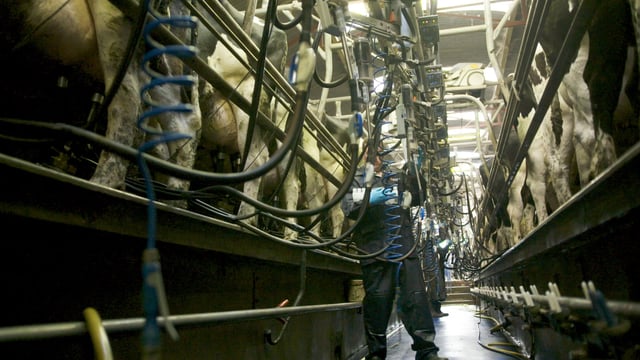Avoid wasting fertiliser due to incorrect spreader set-up
The chemical fertiliser spreading period is now permitted for two of the three zones, but that doesn't always mean farmers should start spreading.
Some farms have already started spreading chemical fertiliser in the first round, while others will be a number of weeks away from doing so.
For many dairy farmers it may make more sense for a contractor to complete the first couple of rounds of chemical fertiliser.
The increased cost of fertiliser has made it increasingly more important to get the most out of the fertiliser you do spread.
Before spreading, it is important to check the weather forecast prior to making fertiliser nitrogen (N) applications.
Soil conditions and trafficability should also be checked, along with ensuring chemical N is only spread when soil temperature is greater than 5° and rising.
When spreading chemical N this spring you should look to get the best response from what you spread, so you should target paddocks like the following:
- Perennial ryegrass/recently reseeded fields;
- Paddocks with a grass cover of greater than 400kg dry matter (DM)/ha or 6cm grass;
- Paddocks with optimum soil fertility - good phosphorus (P) and potassium (K) status and a pH >6.2.
High fertiliser prices have made it important to ensure that you are not wasting any product, and an incorrect set-up of the spreader could lead to waste.
Before attaching and using a spreader you should examine it to ensure that it is working correctly and that there has been no damage to it.
Checks that should be completed include:
- Inspection for damage on hopper or frame;
- Ensuring the discs are rotating freely and there is no play in bearing or gearbox;
- Checking the vanes are not damaged or worn;
- Ensuring there’s no wear in linkages;
- Ensuring the power take-off (PTO) cover works and is not damaged.
It is also important that the fertiliser spreader is fitted to the tractor correctly, as an incorrectly attached spreader could cause an uneven spread.
With this in mind, remember to:
- Ensure that the machine is level when viewed from the rear;
- Check the tyre pressure of the tractor;
- Set the height based on the instruction manual.
Some other key points to know before you spreading any fertiliser include knowing the correct gear to get the right forward speed and the correct PTO speed (commonly 540rpm).





